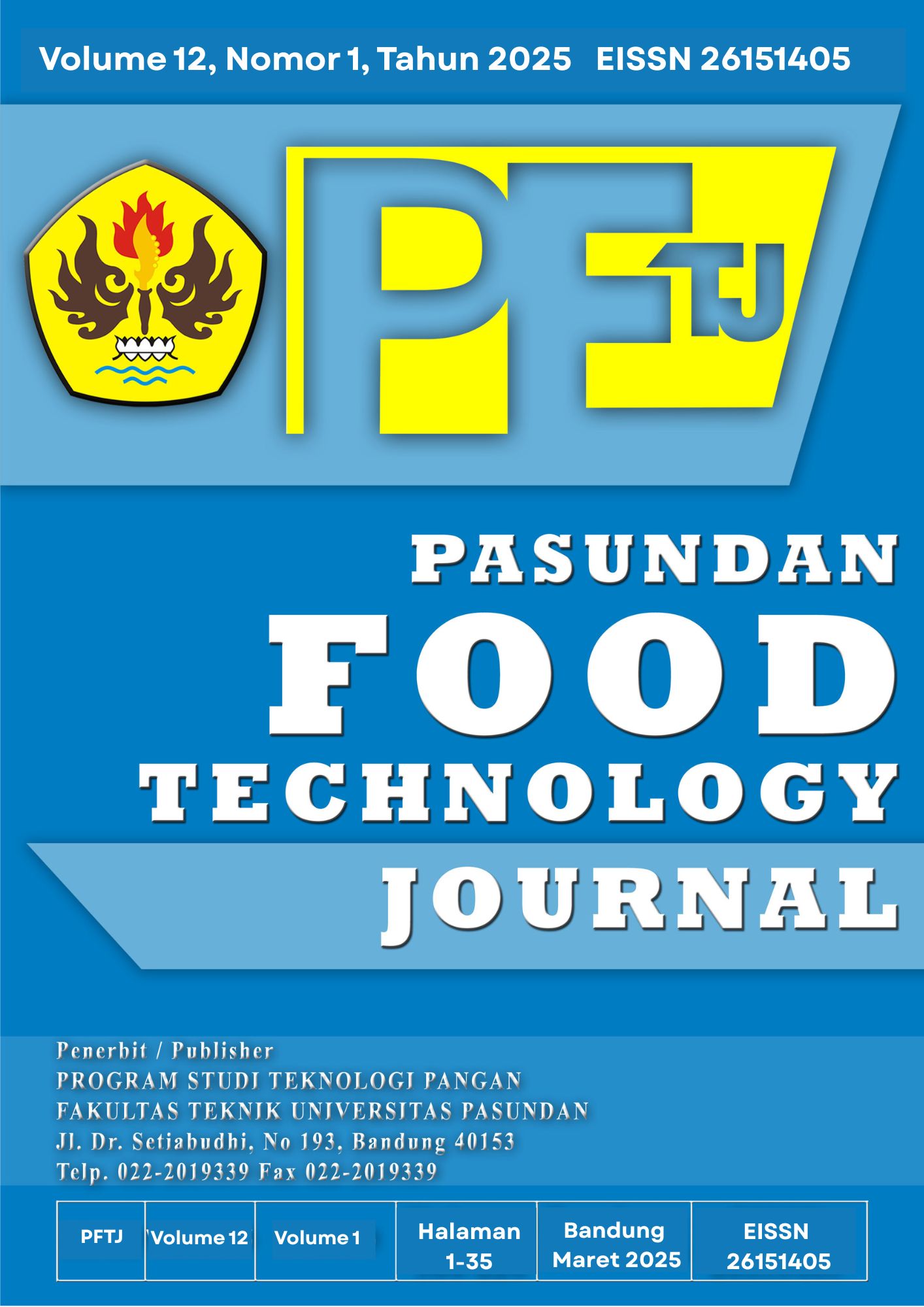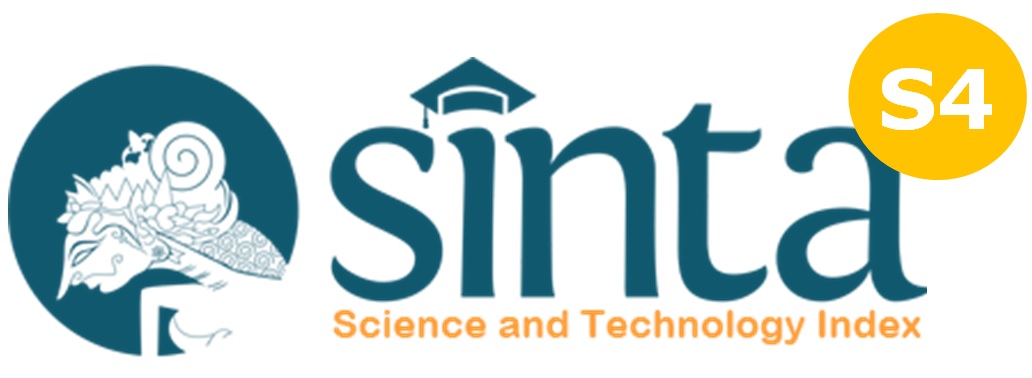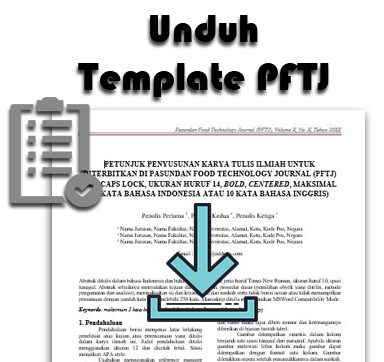OPTIMASI JENIS, KONSENTRASI, DAN VOLUME AIR PEMBILASAN PADA BAHAN PEMBERSIH UNTUK PROSES CLEANING TERHADAP LINE PROSES PRODUKSI MINUMAN PASTEURISASI MENGGUNAKAN RESPONSE SURFACE METHODOLOGY
DOI:
https://doi.org/10.23969/pftj.v12i1.27436Keywords:
CIP, Konsentrasi, Cleaning, , metode RSM-Box-BehnkenAbstract
Clean In Place (CIP) is a series of processes that include circulating the washing solution in a path that does not require
disassembly of the tool first. So it is necessary to determine the optimum conditions on the type and concentration of
cleaning agents in the cleaning process of the pasteurized beverage production line, so that the expected benefits from the
results of this study are to obtain the results of the pH test analysis, TPC (Total Plate Count) on the cleaning samples,
analysis Swab Test on the storage machine, analysis of the swab test on the mixing machine, and analysis of the swab test
on the final faucet on the cleaning process at the Food Technology Study, Faculty of Engineering, Pasundan University,
in this case the type used is the type of acid chemical in the form of HNO3, the type of chemical base in the form of NaOH,
and the volume of water on rinsing. The type of chemical acid HNO3 used is 0,5%-1,0% concentration in 15L clean water,
the type of alkaline chemical NaOH used is 1%-1,5% concentration in 15L clean water, and the volume of rinse water
used is 15L-30L. Based on the optimization results using the RSM Box-Behnken Design Methodology, it was found that
the optimum conditions were 0,5% HNO3 acid concentration, 1,0% NaOH base concentration, and 30L rinsing water
volume. The test values for pH, TPC on hot water samples after washing, swab test on storage machine, swab test on
mixing machine, and swab test on final faucet which were obtained were 7,39, -9,55 x 104 cfu/ml, -1,26 x 104 cfu/ml, -
1,39 x 104 cfu/ml, and -135,0 cfu/ml
Downloads



















